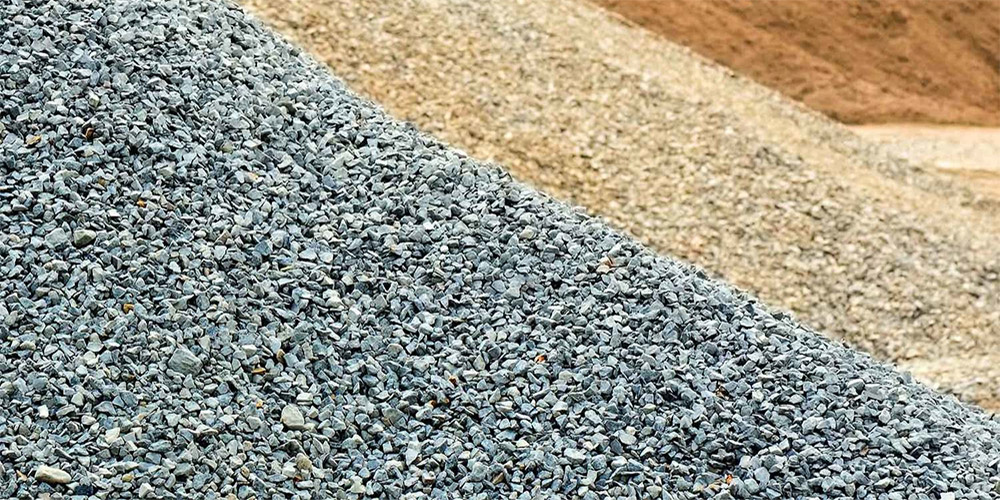
AGGREGATE

Artificial Aggregates: Another name of artificial aggregates is industrial aggregates. As a result of a second process can be used in the construction of concrete. These are crushed or unbroken dense aggregates which are industrial products of blast furnace slag stone, smelting slag or blast furnace slag sand. It shows structural, physical and formal changes. Since they are needed for special purposes, their use is limited. In general, artificial aggregates have a porous structure and are used in concrete produced for the purpose of splitting sound, heat and volumes. These aggregates include broken tile or brick, sawdust shavings, sawdust etc. countable. Concrete made with fractures of good quality bricks is fire resistant.
Aggregate Types According to Unit Weights
Light Aggregates: Aggregates used to reduce the unit weight of concrete and to provide sound and heat insulation properties to concrete or to evaluate waste materials. They generally have a porous structure, high water absorption and void areas.
Heavy Aggregates: These are used to obtain heavy concrete. Unit weights are greater than 3.20kg. It is generally used in concretes of nuclear power plants and constructions with strategic (military) characteristics. Mixing, placing and compacting of concrete produced with heavy aggregates requires separate labor. Aggregate types according to grain size Fine
Aggregate (sand): This is the aggregate passing through a square mesh sieve with 4 mm mesh. Fine aggregate grains must be hard and stable. 0-2 mm. Fine plaster sand 0-3 mm rough plaster sand 0-4 mm rough plaster sand 0-5 mm screed sand 0-5 mm concrete sand
Coarse Aggregate (gravel): 5-15 mm. crushed gravel washed 15-25 mm. Crushed Gravel 25-40 mm. crushed Gravel
Tüvanan (mixed) Aggregate: It is a sand-gravel mixture construction material that is extracted from streams, not sieved and not washed, and used as it is.
OUR PRODUCTS
